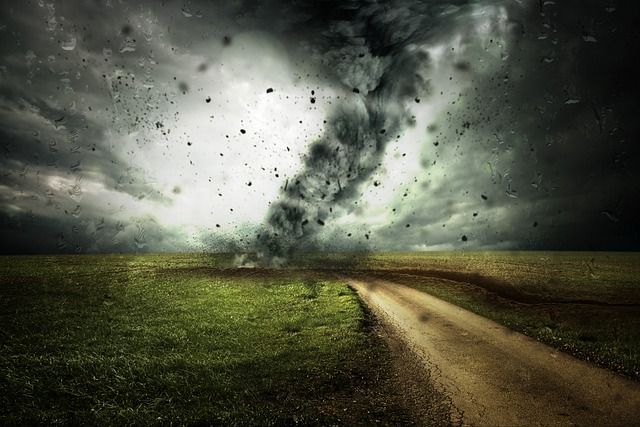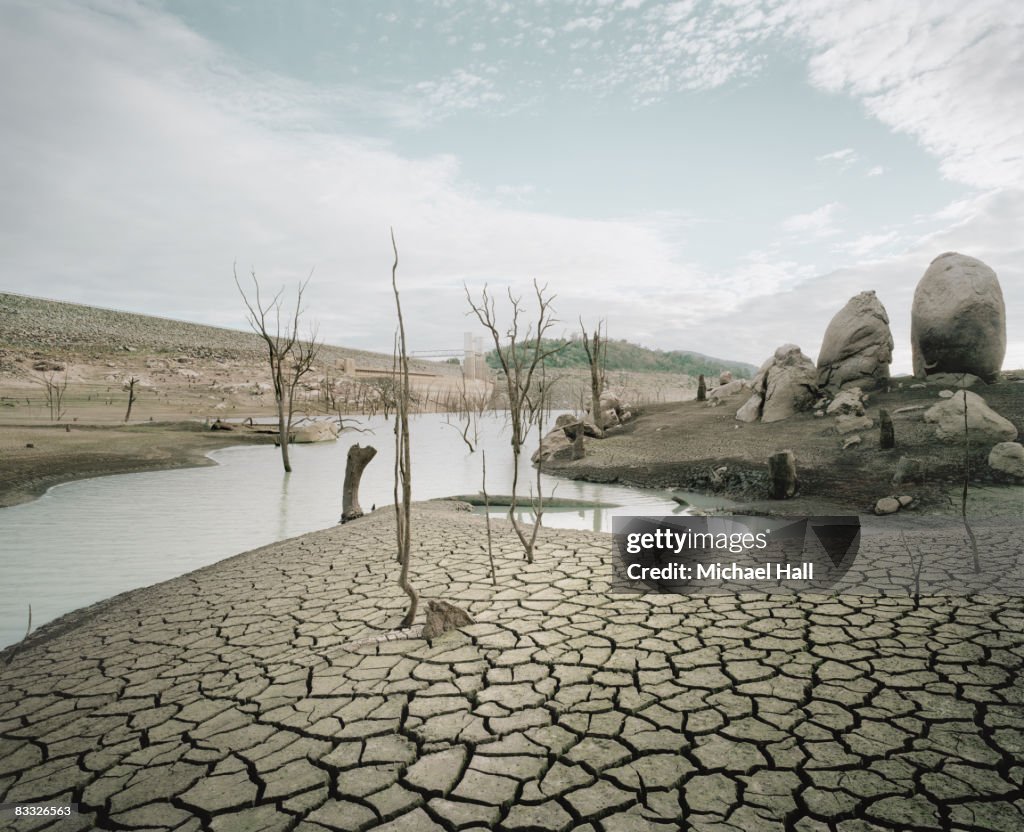
Climate crisis means the Earth’s climate is becoming warmer and shifting over time. Rising temperatures, stronger storms, and flooding are examples of the effects of climate change. Scientists explain that this happens because key greenhouse gases, such as carbon dioxide, trap heat in the atmosphere. This process is known as the greenhouse effect.
Yes, Climate crisis is real. Researchers, including those from the IPCC, investigate global climate patterns and provide strong evidence. They observe melting glaciers, increasing sea levels, and hotter temperatures. News reports and scientific articles highlight these changes as they occur today.
Read more about Latest movies blog in the world
Read more about Climate change and its effect
Climate crisis is driven by activities such as deforestation, pollution, and burning fossil fuels. Resources like the CIRI climate database and international efforts such as the Paris Agreement show how nations are working together on solutions to protect the Earth.
Climate crisis affects bees and other pollinators. Shifts in climate can cause flowers to bloom at the wrong time, leaving bees without food when they need it most. Severe weather events like heatwaves and flooding can also destroy their habitats. Supporting bees is a key step in making progress on climate action in 2024 and now in 2025.
Save The Bees USA works on climate solutions that help pollinators survive. We plant native flowers and create shelters for bees, ensuring they have access to food and safe places to live as the climate changes. Our programs also teach communities how to fight climate change by growing more plants and reducing chemical use.
Advancing climate action is crucial to keep bees thriving and to safeguard our food supply. Rising temperatures and stronger storms make it difficult for bees to access resources and maintain their homes. At Save The Bees USA, we focus on restoring habitats by planting pollinator-friendly flowers and creating secure spaces for bees. This work also builds climate resilience by protecting ecosystems and keeping the environment healthy.
Climate change stands as the greatest threat to humanity’s survival. Without urgent reductions in greenhouse gas emissions from fossil fuel use, we face devastating consequences: the collapse of major crops and fisheries, the extinction of countless species, and the loss of entire regions where people can no longer live. While some of these outcomes could still be prevented, climate change is already inflicting harm and loss of life. From destructive wildfires to increasingly intense storms, its effects are already visible in our daily lives.
Recognizing these impacts helps us understand what is happening now, what we still have the power to prevent, and what challenges lie ahead—while also allowing us to better safeguard communities everywhere. Although climate change touches everyone, the harshest burdens fall on the world’s poorest nations, which have contributed the least to the crisis. With limited financial resources and a strong reliance on healthy ecosystems for food and livelihoods, these communities are especially vulnerable. The same is true in the United States, where low-income neighborhoods and communities of color are disproportionately exposed to climate risks. Since the climate crisis and rising inequality are deeply linked, leaders must act to address both at once—and each of us has a role in pushing for climate justice.
As global temperatures continue to rise, major shifts in weather patterns are occurring, making natural disasters like droughts, hurricanes, and floods more intense and harder to predict. Extreme events that might have happened only once during our grandparents’ lifetimes are now becoming increasingly frequent. Still, the impacts are not uniform everywhere: while some regions may suffer prolonged droughts, others could face heightened risks of flooding.
Since the start of the industrial era about 250 years ago, the Earth has already warmed by 1.1 degrees Celsius (1.9 degrees Fahrenheit), according to the Intergovernmental Panel on Climate Change (IPCC). Scientists caution that if humanity fails to reduce the primary driver of climate change—burning fossil fuels such as coal, oil, and natural gas—global temperatures could climb as much as 4 degrees Celsius (7.2 degrees Fahrenheit) by the end of this century.
This increase in the world’s average temperature—seemingly small but highly significant—means summers are bringing hotter and more oppressive heat waves. Even local weather forecasters are starting to link these repeated record-breaking days to longer-term climate trends. The situation is especially concerning in places where buildings and infrastructure were not designed to withstand such extreme heat. And these heat waves are not just unpleasant—they are the deadliest type of weather-related hazard in the United States.
Hotter temperatures speed up the evaporation of water, worsening and prolonging droughts. Climate change has already driven the American West into a historic “megadrought”—the driest 22-year span in at least 1,200 years—reducing drinking water availability, damaging crops, and leaving forests more vulnerable to insect outbreaks. Drought can also trigger a feedback cycle, where dry soil and reduced vegetation cover accelerate water loss even further.
This hotter, drier environment also creates ideal conditions for more intense wildfire seasons—fires that ignite more easily, move more quickly, and burn for longer periods—threatening millions of homes and lives. In the western United States, the number of large-scale wildfires doubled from 1984 to 2015. In California, the annual area scorched by wildfires grew by 500 percent between 1972 and 2018.
Because warmer air can store more moisture, tropical storms become heavier, stronger, and capable of intensifying more quickly. According to the IPCC’s most recent assessment, extreme rainfall events could see daily precipitation increase by around 7 percent for every degree Celsius of global warming, heightening the risk of severe flooding. The occurrence of powerful Category 4 and 5 hurricanes is also projected to rise. In 2017, Hurricane Harvey—a devastating Category 4 storm—released a record-breaking 275 trillion pounds of rainfall and caused dozens of deaths in the Houston region.
From the polar regions to the equator, climate change is unsettling natural systems. Even a minor rise in temperature can set off sweeping effects that spread through ecosystems and the environment.
Small ice fragments drifting in the water, with snowy low mountains in the distance
Jökulsárlón, a glacial lagoon in Iceland, has expanded as glaciers continue to retreat. Credit: Eskinder Debebe/UN Photo
The impacts of climate change are clearest in Earth’s coldest zones. The Arctic is warming at roughly twice the global average, triggering the accelerated loss of glaciers and polar ice sheets that store immense volumes of water. As the ice disappears, darker ocean surfaces that absorb more heat are revealed, fueling a feedback loop that accelerates the thaw. Scientists warn that within just 15 years, the Arctic Ocean may be completely ice-free during summer.
Researchers project that melting glaciers and ice sheets, combined with the fact that warmer water expands, could push sea levels up by as much as 6.6 feet before the century ends if emissions are not reduced. Such a surge would wreak havoc on low-lying regions, from small island states to heavily populated coastal cities such as Mumbai and New York.
Even smaller increases in sea level come with steep costs and risks. The U.S. National Ocean Service’s 2022 Sea Level Rise Technical Report estimates that by 2050, seas around the United States will climb by about one foot, regularly damaging roads, sewage facilities, and even power stations. Beaches long enjoyed by generations may vanish within decades. Rising seas also threaten ecosystems, as saltwater advances inland, eroding coastlines and infiltrating freshwater aquifers critical for drinking water and farming. This intrusion of saltwater is already reshaping life in Bangladesh, where roughly a quarter of the land sits less than seven feet above sea level.
Beyond the risk of coastal flooding caused by rising seas, climate change is also intensifying other drivers of inland and urban flooding, such as snowmelt and extreme rainfall. As global warming fuels both sea level rise and severe weather, the size of our nation’s floodplains is projected to expand by nearly 45 percent by 2100. In 2022, catastrophic flooding in Pakistan—submerging up to one-third of the country—was triggered by relentless monsoon rains combined with melting glaciers and snowpack.
Our oceans are bearing much of the burden of the climate crisis. Covering over 70 percent of Earth’s surface, they absorb about 93 percent of the heat trapped by greenhouse gases and as much as 30 percent of the carbon dioxide released from fossil fuel use.
Marine species that are highly sensitive to temperature are already shifting to cooler, deeper waters in order to survive, disrupting food webs and destabilizing key commercial fisheries. The occurrence of marine heat waves has risen by more than one-third, leading to widespread die-offs of plankton, fish, and marine mammals.
Compounding the problem, the ocean’s growing intake of carbon dioxide causes gradual acidification, altering the chemistry of seawater. This threatens marine organisms that are adapted to a narrow pH range. Shell-building creatures such as corals, mussels, and oysters are especially vulnerable, since acidification hampers the calcification process necessary to form their skeletons and shells.
Terrestrial ecosystems—from ancient forests to savannas to tropical rainforests—are also under strain. Climate change is expected to drive more frequent outbreaks of pests, invasive species, and diseases in forests. It is reshaping which plants can thrive in certain regions and disrupting wildlife life cycles, altering the makeup of ecosystems and diminishing their resilience. Although natural systems can adapt to some change, many are now approaching the limits of that adaptive capacity. With further warming, even greater consequences are likely.
Climate change seems to be setting off a chain of interconnected ecological shifts—ones that cannot be fully anticipated and, once set in motion, are difficult to reverse. This ecological unraveling is most visible in keystone species, which play a disproportionately important role in maintaining the balance and structure of entire ecosystems.
In a warming climate, farming crops is becoming less reliable—and livestock, which are vulnerable to extreme weather, are increasingly difficult to raise. Shifts in rainfall patterns bring erratic flooding and prolonged droughts. Stronger and more frequent hurricanes can wipe out an entire harvest. At the same time, the spread of pests, diseases, and invasive species—already costly for farmers to control—will likely become even less predictable. This poses a serious challenge, since the majority of farms worldwide are small, family-operated plots. A single season of drought or flooding could wipe out their crops or herds. For instance, in June 2022, an intense heat wave in Kansas killed thousands of cattle. While regenerative agriculture is helping rural communities build resilience against climate impacts, not all areas have equal access to the resources and support needed to adopt these sustainable practices.
Healthy soil contains moisture, nutrients, and a rich ecosystem of insects, microbes, fungi, and bacteria that sustain strong crops. Climate change—especially extreme heat and shifting rainfall—can break down soil quality. These problems are worsened in regions dominated by chemical-heavy, large-scale monocultures, which leave soils and crops more fragile in the face of environmental stress.
The strain on agricultural systems threatens the global food supply directly. Food shortages and rising prices linked to climate change will not be felt evenly: wealthier populations will still find ways to access food, while potentially billions more people may fall into food insecurity—on top of the billions who already struggle to get enough to eat.




